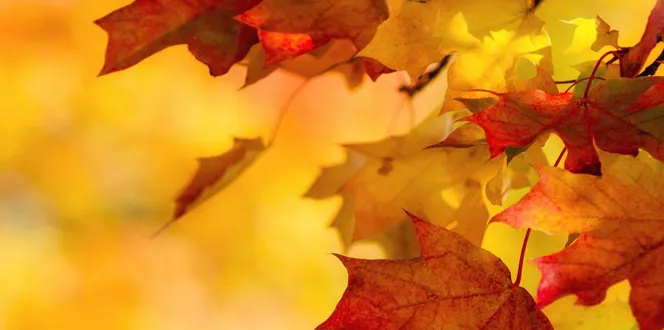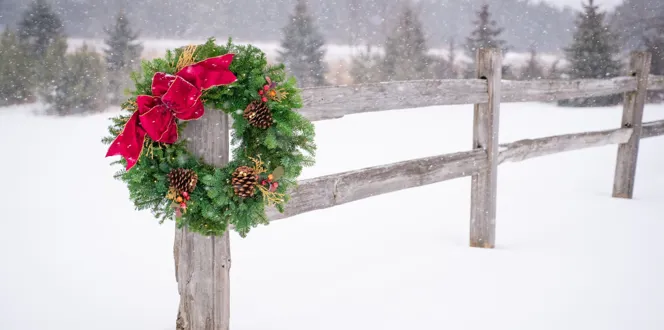If you were admiring your evergreen and noticed brown, dead needles at the top, something is probably wrong. That isn't normal and could be a serious problem.
Plus, a pine or spruce tree donning a brown crown is no pretty picture. But does it mean the tree is dying from the top down? Or is the tree just in need of some TLC?
Read on to find out why your pine or spruce is browning and what you can do to save it.
How To Fix Pines, Spruces & Evergreens Turning Brown From The Top Down
Harsh Winter Wind
Problem: Frigid winter weather poses a threat to pine and spruce trees, particularly their treetops. The crown is an easy target for harsh wind or sunscald, turning needles brown or purple at the end of winter or beginning of spring.
How to Fix: Avoid winter injury by treating trees with an anti-desiccant spray in fall. Also, keep trees well watered throughout the year. A tree with too much or too little hydration gets stressed out and is more susceptible to damage.
A Pest Or Disease
Problem: A number of pests and diseases can cause a pine or spruce treetop to turn brown. Let’s break down a few of the usual suspects:
- White pine weevils lay their eggs on a tree’s main branches in spring. By early-to-mid fall, the hatched beetles start feeding on tree stems, cutting off their water flow.
- Bark beetles leave a yellow-to-brownish tint on tree crowns. You’ll also find sawdust on the bark and base of the tree. They primarily target older or weakened trees.
- One of the few needle diseases that attacks from the top down is pine wilt disease. Small worms called nematodes invade trees and quickly cause severe damage.
How To Fix: Inspect your tree for debris or insect remnants that can point to an infestation. Once you’ve identified symptoms beyond browning needles, call in an arborist for a free consultation. In many cases, using an insecticide or pruning away infected branches will get your tree back in shape.





